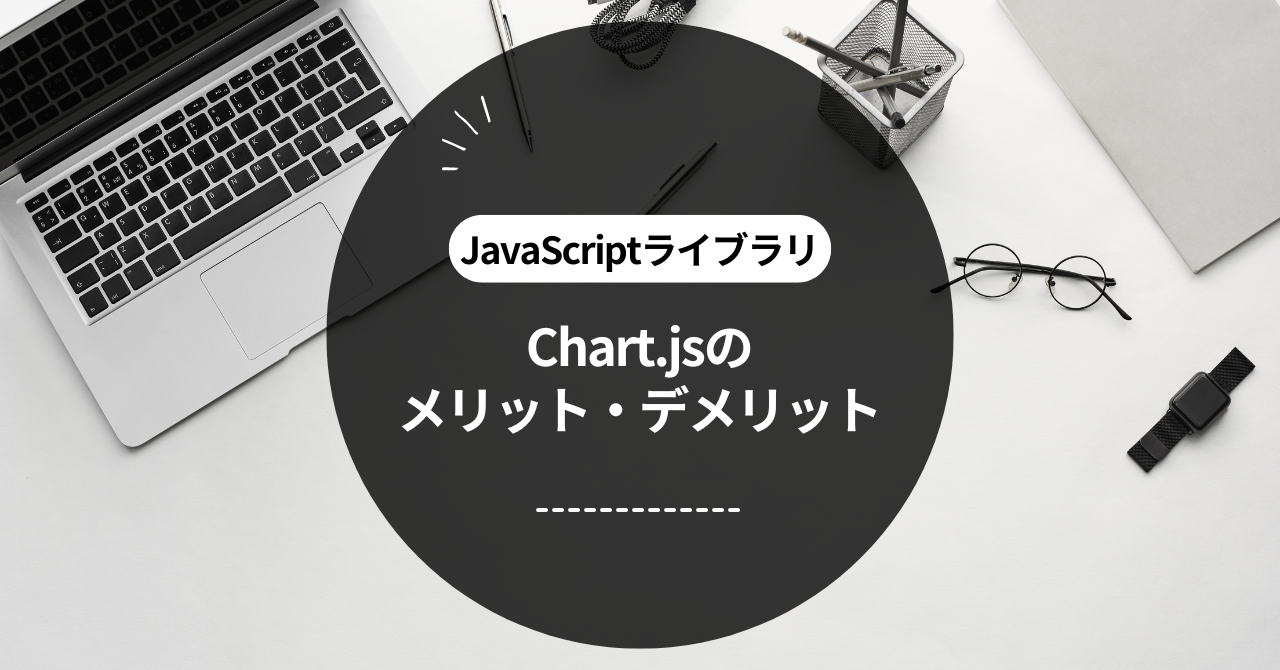What is JavaScript Chart.js?
JavaScript Chart.js is a library that makes it easy to create charts for your websites and applications. This tool allows you to visually represent your data, making it easier to communicate information. In particular, graphing data makes it easier to spot patterns and trends.
Some of the basic features of Chart.js are:
- Creating various graphs: You can create different types of graphs, including line graphs, bar graphs, and pie charts.
- Interactive elements: Users can hover their mouse over the graph to view more detailed information.
- Freedom of customization: You can freely change the colors and styles, so you can create graphs to suit your preferences.
As you can see, Chart.js is a powerful tool for easily visualizing data, and is particularly useful when visual information is important. For example, graphing grades in a school project can help you communicate the results to your classmates in an easy-to-understand way.
What are the benefits of JavaScript Chart.js?
The biggest advantage of JavaScript Chart.js is that it allows you to easily create beautiful graphs. In particular, it is easy to use even for programming novices, making it an easy-to-use library for many people. Specific advantages include the following:
- Easy to use: You can display a graph in just a few lines of code. For example, you can create a bar graph with the following simple code:
const ctx = document.getElementById('myChart').getContext('2d'); const myChart = new Chart(ctx, { type: 'bar', data: { labels: ['red', 'blue', 'yellow'], datasets: [{ label: '# votes', data: [12, 19, 3], backgroundColor: [ 'rgba(255, 99, 132, 0.2)', 'rgba(54, 162, 235, 0.2)', 'rgba(255, 206, 86, 0.2)' ], borderColor: [ 'rgba(255, 99, 132, 1)', 'rgba(54, 162, 235, 1)', 'rgba(255, 206, 86, 1)' ], borderWidth: 1 }] }, options: { scales: { y: { beginAtZero: true } } } });- A wide variety of graphs: Choose the right chart for your data so you can communicate information in the most visually effective way.
- Beautiful design: It has a sophisticated design by default, so you can create good-looking graphs without any special decoration.
These benefits make JavaScript Chart.js the chart of choice for many developers and designers, especially when you want to provide an intuitive understanding of your data.
What are the disadvantages of JavaScript Chart.js?
JavaScript Chart.js has some disadvantages. In particular, you should be aware that it can be inconvenient in certain situations. The main disadvantages are as follows:
- Not suitable for large data: Chart.js works best with relatively small data sets, but performance may degrade when working with large amounts of data. For example, displaying thousands of data points can become slow.
- Limited customization: Although basic customization is possible, fine adjustments to certain elements may not be possible. For example, if you want to add special animation effects, other libraries may be more suitable.
- There is a learning curve: Although the basic usage is easy, some learning is required to use certain functions and customize them. In particular, when configuring detailed settings, it is necessary to refer to the official documentation.
It's important to understand these drawbacks and use Chart.js for the right projects - for example, it's great for school projects with small data, but if you're working with large business data, you should consider other options.
Comparison of JavaScript Chart.js and other libraries
What are the features of JavaScript Chart.js compared to other libraries? First, let's compare it with D3.js. D3.js is a very powerful and flexible tool, but there are some differences as follows:
- Ease of use: Chart.js is beginner-friendly because it allows you to create charts with simple code. On the other hand, D3.js has a steep learning curve and requires advanced knowledge, especially when creating complex charts.
- performance: D3.js excels at handling large amounts of data and has high performance, while Chart.js is lightweight and suitable when less complex processing is required.
Next, let's compare it with Google Charts. Google Charts is also a feature-rich library, but it differs in the following ways:
- Online addiction: Google Charts requires an internet connection, but Chart.js works locally, which gives you the advantage of being able to create charts offline.
- Freedom of customizationChart.js is easy to customize styles, while Google Charts may have fixed styles.
Learn more about Google Charts
Finally, let's compare it to Highcharts. Highcharts has restrictions on commercial use and requires a license, while Chart.js is open source and freely available. Also, Highcharts is feature-rich and powerful, but can be complicated for beginners.
As you can see, JavaScript Chart.js stands out in comparison to other libraries for its ease of use and simplicity, which is why it is chosen in many projects.
Summary: How to use JavaScript Chart.js
JavaScript Chart.js is a very useful library for visually representing data. It is especially useful for school projects and small-scale data. Specifically, it is suitable for the following projects:
- School assignments: By creating graphs of grades and the number of people participating in events, you can easily communicate this to your classmates.
- Business Reporting: You can visualize sales data and customer numbers to help with presentations at meetings.
- Data analysis: Effective for analyzing small data sets and presenting results visually.
In addition, the official documentation and YouTube tutorials are very useful learning resources. In particular, referring to actual sample code will help you deepen your understanding smoothly.
As you can see, by using JavaScript Chart.js, you can display data in an attractive way and communicate it better.



comment